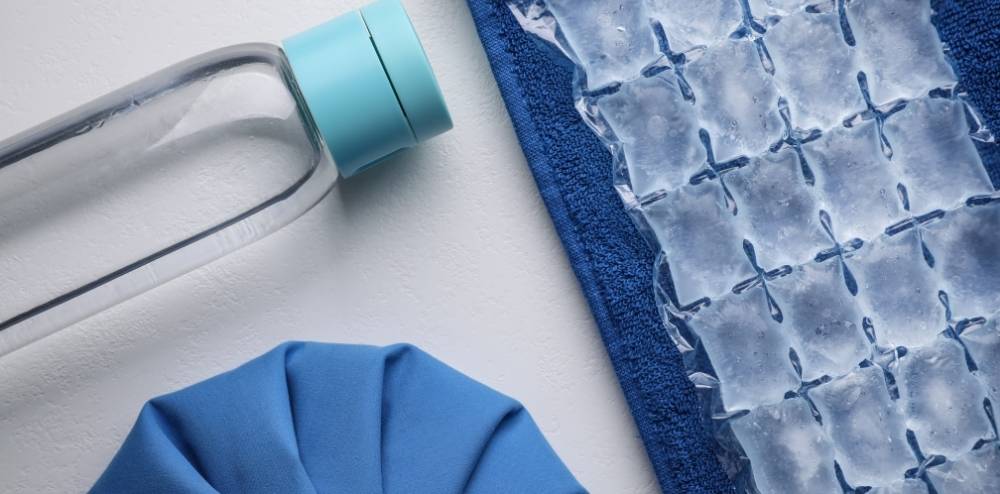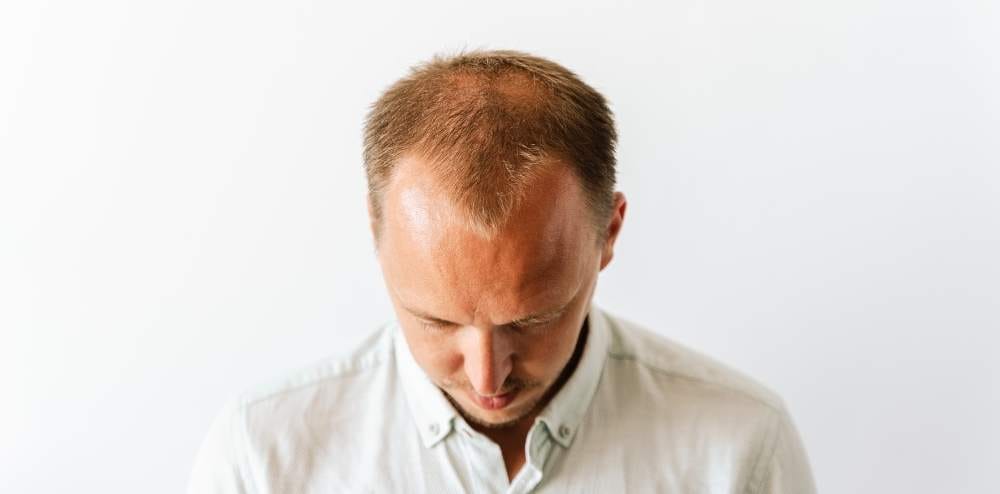Hair transplant surgery is a viable option for individuals who are experiencing hair loss. It is a cosmetic procedure that includes the transplantation of hair follicles from one location to another. The recovery period after hair transplant surgery can be challenging, and swelling is one of the most common side effects. Swelling after a hair transplant can last for several days. There are, however, methods to manage swelling post a hair transplant. In this blog post, we will go over some strategies for dealing with swelling after a hair transplant.
Follow Post-Operative Instructions
Your doctor will give you post-operative instructions after your hair transplant procedure. These guidelines are critical for proper healing and reducing the risk of complications. One of the instructions is that ice packs should be applied to the affected region for the first 48 hours after surgery. Ice packs can help decrease swelling and inflammation, both of which can be painful. You may also be given pain relievers and anti-inflammatory medications. To ensure a smooth recovery, make sure you follow your doctor’s directions.

Elevate Your Head
Elevating your head while sleeping or resting can aid in the reduction of swelling following a hair transplant. Swelling is frequently caused by fluid accumulation in the affected region. Elevating your head can help drain the fluid and minimize swelling. You can elevate your head with pillows while sleeping or relaxing.
Avoid Strenuous Activities
Heavy lifting, running, and other intense physical activities can increase blood flow to the affected area, which can lead to swelling. These activities should be avoided for a minimum of 10 days following surgery. Your doctor will provide you with specific instructions on when you can resume your normal activities.

Stay Hydrated
Drinking plenty of water after a hair transplant can help decrease swelling. Water is useful for the removal of toxins from the body, which can add to swelling. Furthermore, keeping hydrated can improve blood flow and promote healing.

Avoid Smoking and Alcohol
Smoking and drinking can have a negative impact on the recovery process after a hair transplant. Smoking can reduce blood flow to the affected region, causing healing to take longer and increasing the risk of complications. Alcohol can also impair blood flow and raise infection risk. It is critical to refrain from smoking and drinking for at least a week following the operation.
Massage the Scalp
After a hair transplant, a gentle massage of the scalp can help reduce swelling and encourage healing. Massage of the scalp can help increase blood flow to the affected region, reducing swelling. But be careful while doing this and avoid massaging the area where the hair transplant was done.
Take a break
Resting after a hair transplant is critical for healing and swelling reduction. Stress, anxiety, and other tasks that can increase blood flow to the affected area should be avoided. To guarantee a smooth recovery, take time off from work and other activities and relax for a while at home.

Use a Cold Compress
After a hair transplant, a cold compress can help decrease swelling and inflammation. A cold compress can be used for 20 minutes at a period, several times per day. However, avoid applying the cold compress immediately to the affected region. Wrap the compress in a towel and carefully press it against the affected region but do not touch the transplanted area while doing this.
To summarize, while swelling after a hair transplant is common, there are several tactics to deal with it. You can reduce swelling and encourage healing by following post-operative directions, avoiding strenuous activities, elevating your head, staying hydrated, and getting enough rest. Using a cold compress, and massaging your scalp can also assist with swelling management. It is critical to be patient and give your body time to recover. With the proper care and attention, you can recover from your hair transplant procedure quickly and confidently.



